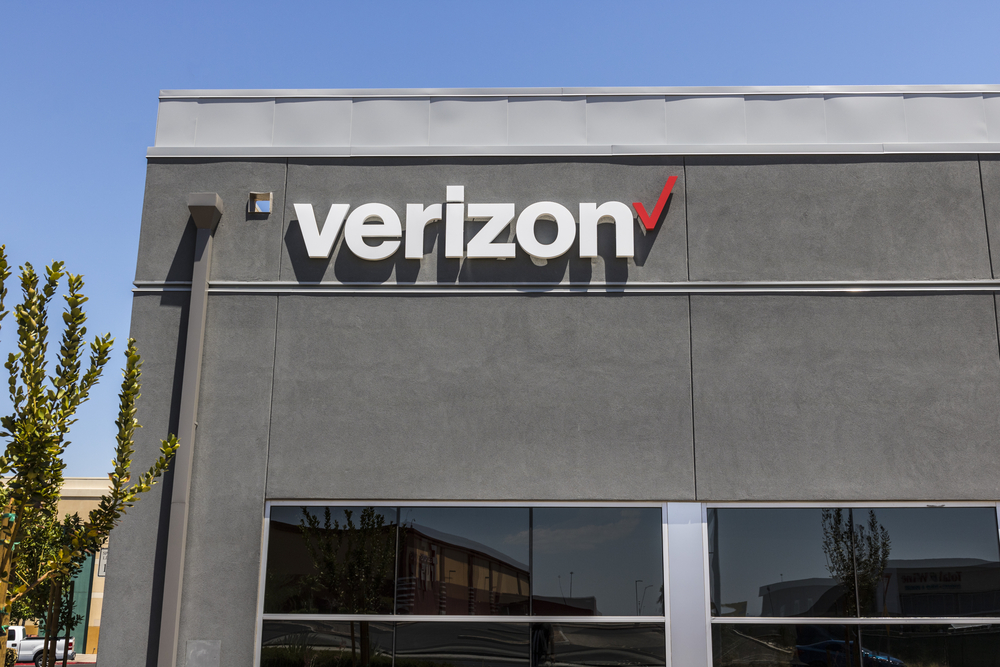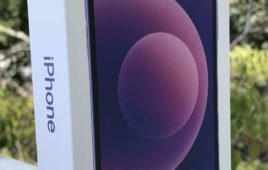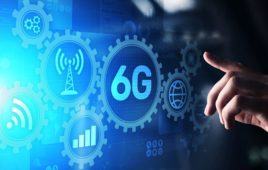
While covering Mobile World Congress Americas, one of the trip’s highlight events was visiting the Verizon Innovation Center located in San Francisco.
It’s no secret that the mobile operator has invested billions of dollars in smart technologies over the past few years, and upon touring the facility I got a peek at some of these developments. From smart city applications and artificial intelligence (AI) to augmented reality and smart sneakers, the Verizon Innovation Center displayed some of the company’s latest devices, accessories, and technical constructs showcased at this week’s show.
In regards to smart cities, Verizon is lighting the way with its smart streetlight design. The Verizon smart streetlight was capable of providing solace for people in distressing or dangerous situations. Anyone in a scenario where they’re being followed can deter pursuers by pressing a button on the streetlight, which increases the bulb’s light intensity to a high degree of brightness that illuminates and draws attention to the area.
Individuals in distress can communicate with authorities via audio, and a surveillance camera that these smart streetlights are equipped with. The smart streetlights also act as data collectors, tallying every time their safety features are triggered. This in turn provides cities and authorities with a better idea of what parts in their communities need better lighting, surveillance, and are experiencing spikes in crimes.
Verizon also demonstrated its AI capabilities. The setup consisted of a flat surface being supported by four movable and retractable robotic limbs. A small ball was placed at the center of the flat surface that rested on a small marked section, which the robotic limbs were programmed to balance. Whenever the ball was moved or displaced, a sensor would pick up on the imbalance, and prompt the four robotic limbs to start shifting the board until the ball was rolled back into the center of the flat surface.
The impressive part was how it typically took the AI construct no less than five or six seconds to reset the ball. This is not only a testament to how compatible AI is at retaining algorithmic data, but the precision and efficiency of the setup also demonstrated how companies like Verizon were capable of contributing to advancements made in this particular industry.
One of the most effective ways Verizon’s innovative capabilities were demonstrated at the Innovation Center was the deployment of a spherical camera with six different lenses. Described as a “camera grenade”, this device uses six camera angles to form a 360-degree panoramic of its surroundings. This could be a life-saving tool used by law enforcement in high-tension situations like tactical missions, hostage situations, and other standoffs.
The spherical grenade can be deployed into the room or area, and provide insight on how many occupants, threats, or obstacles are present. Video is streamed in real-time thanks to 4G connectivity with M2M delays that have been reduced to tens of milliseconds. The spherical 360-degree camera can be controlled remotely, whose moves also run on 5G real-time connectivity, all components that are essential in assuring the safety of law enforcement members and potential hostages in delicate situations.




